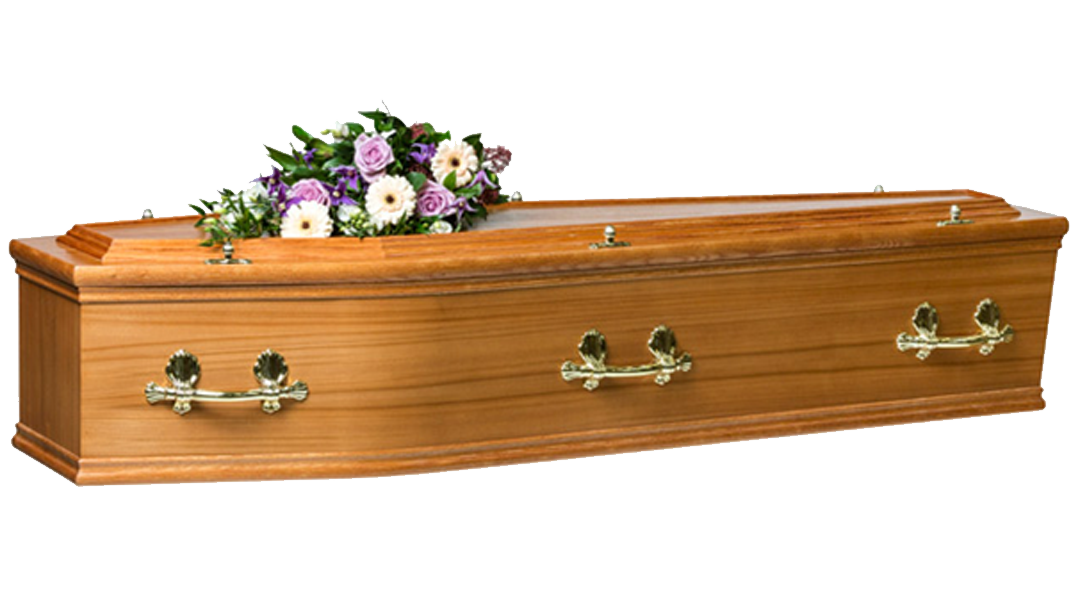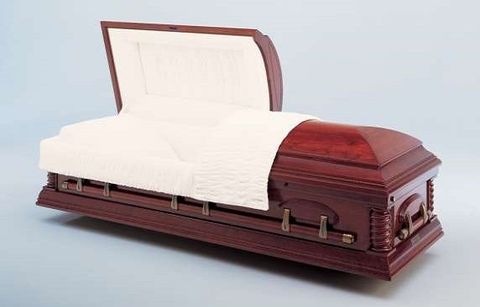
When selecting a Daisybox, you'll be commemorating the life of a departed enjoyed one in the most customised and dignified way. You or your friends and family can DIY embellish or have a favorite image printed or painted all over a Daisybox, as a last visual and discussion starter for all to appreciate a life well-lived. The last innovative result is completely approximately you, with a growing international network of artists, printers and funeral arrangers ready to welcome your bespoke design requirements.
If a tailored service is not what you're searching for, then an ignored, inexpensive direct-cremation, followed by a funeral or gathering is likewise commonly experimented a Daisybox "Basic" coffin.
The fact there is now an option to an expensive metal, wood or crafted wood coffin or coffin, is a much-requested reality.
Our group is building a worldwide network of funeral arrangers who're delighted to use an affordable Daisybox as part of a tailored funeral service. There is no time like today to ensure that customer families have a broad alternative of choices than the standard means. Funeral arrangers who accept Daisybox ® are both ingenious and observant to the altering nature of customer families.
Honouring the dead has actually been important throughout history. However how did our forefathers bury their loved ones, what has altered and what has remained the same? Learn in our brief history of coffins.
Stone Age burials
Neanderthals residing in Eurasia 600,000 years ago buried their dead in shallow graves with a few individual mementos such as tools. These burials were extremely basic and usually worked as a method to discourage scavengers. Current discoveries reveal later Neanderthals performed ancient burial rites. A 50,000-year-old skeleton found in a cave in France has lead researchers to think that people would ceremoniously bury their dead even as far back as the Stone Age. Some Neanderthals embellished themselves with homemade jewellery including various pigments, feathers and shells.
Ancient Egyptians
The Egyptians were specialists at mummifying whatever, from humans to crocodiles. They held a strong belief that death was simply a barrier to the afterlife and they preserved the body so the spirit of "Ka" could assist them to paradise. Apart from the heart, which was needed for the Hall of Judgement, all organs were taken out and the body was embalmed and wrapped in linen. Just like today, there were a variety of 'mummification bundles' so that everybody from the really wealthy to the underprivileged might mummify their enjoyed ones and ensure they had a safe journey to the afterlife.

Medieval coffin making
We'll never ever understand how popular wooden coffins were throughout Middle ages times due to the simple truth that the majority of them have actually disintegrated. Coffins made of lead and stone were booked for the really wealthy or very essential. The shape of these diverse extremely from today's coffins; they were a rectangular-shaped alcove carved into stone, with a rounded circle at the top for the head - the ideal shape for an individual. An example of this can be discovered in the Greyfriars graveyard in Leicester, where Richard III was found. The lead coffin enclosed by a larger stone casket consisted of the body of an old woman, who was stated to be an important benefactor of Greyfriars between the 1200s and 1400s.
American Civil War
Although the French were the first to coin the term 'casket', drawn from the Greek term for 'basket,' it wasn't till the American Civil War began in 1861 that coffins were widely used. Utilizing them to carry dead soldiers securely and firmly, Americans began to mass produce the coffin we know today. American Civil War coffins were typically developed from old wood furnishings as they were required. The original coffins soon simplified into 'caskets' - the difference being that caskets have 6 sides and coffins have 4 sides.
Victorian caskets
The very first casket factory museum opened recently in Birmingham. Formerly one of Britain's most famous coffin makers, the Newman Brothers Coffin Furniture Factory catered for the Victorians' 'fascination' with death. In the Victorian age, funeral services were a substantial occasion and individuals would invest a great deal of money on the event - including trimmings such as brass deals with, burial shrouds, breastplates and serious accessories. Burial vaults were especially popular and the caskets predestined for the vaults included 3 layers - one of which was lead. It wasn't uncommon for these coffins to weigh up to a quarter of a tonne.
Coffins today
Modern funerals are seen as an opportunity to celebrate life and a chance to give the person a send-off that suits their style and character. Today, over 75% of people are cremated, but even in a cremation, the coffin is an essential way to reflect and remember the personality of the deceased. Whether it's a wise gloss-black coffin or a coffin inspired by the individual's favourite football club-- there is a huge range of options readily available to households. There is likewise an increasing variety of individuals going with environment-friendly caskets and even 'natural burial pods' where your enjoyed one's cremations remains will support the development of a tree.